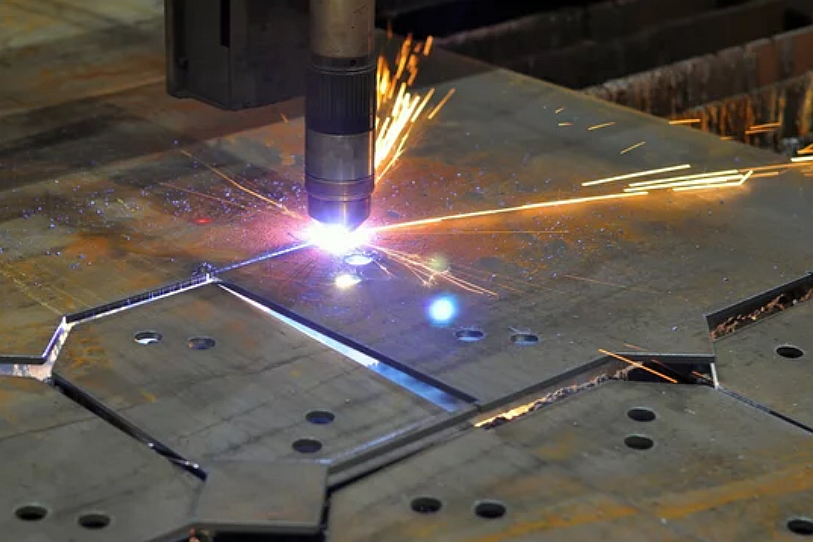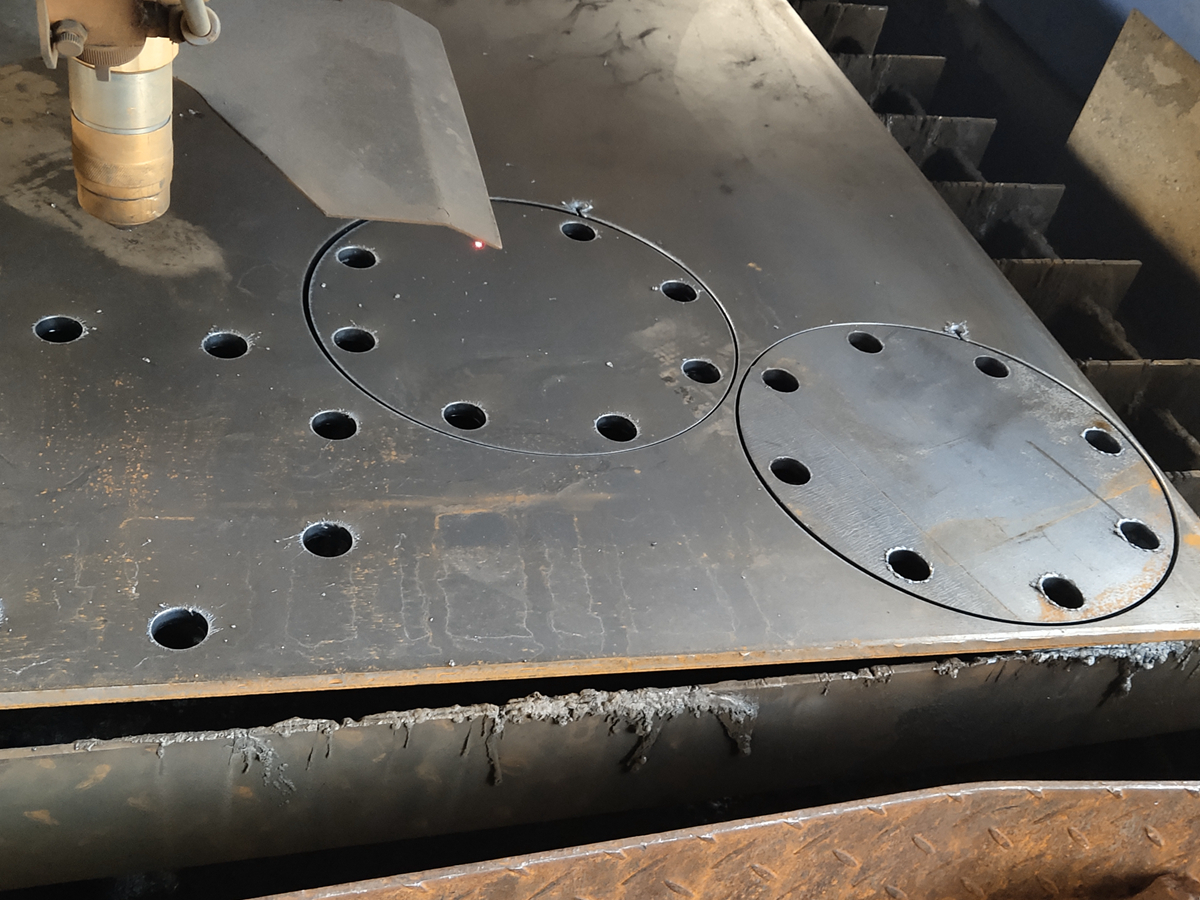How important is nesting software in minimizing plasma cutting waste?
Introduction
As an engineer who works daily with sheet-metal processing and thermal cutting systems, I see firsthand how nesting software directly affects plasma-cutting efficiency, material utilization, and production costs. Modern nesting tools optimize part placement across sheet stock, allowing manufacturers to fully leverage processes such as plasma cutting while reducing scrap. When combined with advanced upstream and downstream manufacturing technologies, nesting becomes a core driver of lean fabrication.
How Nesting Software Improves Material Utilization
Nesting software analyzes the geometry of each part and arranges them to maximize sheet usage. When fabricators integrate this with workflows like sheet metal fabrication, the improvement in yield is substantial. More precise nesting reduces leftover skeleton material, minimizes drop size, and ensures that high-value alloys—such as those used in automotive or energy components—are consumed efficiently.
Modern systems also support multi-part, multi-batch planning, which is useful when plasma cutting is combined with thermal shaping steps, such as metal bending, or downstream operations like sheet metal stamping. By optimizing the entire material layout, nesting reduces trim loss, prevents part collision zones, and avoids excessive heat-affected overlap.
Enhancing Plasma Cutting Accuracy Through Advanced Manufacturing
Nesting is even more valuable when integrated with upstream digital workflows. For example, prototype runs generated through CNC machining prototyping or 3D printing prototyping often validate geometries before large-format plasma cutting begins. If parts are eventually cast using methods like precision casting or gravity casting, nesting ensures sheet-metal fixtures and supporting structures are produced with minimal waste.
Material characteristics further influence nesting strategy. For instance, high-strength metals like cast stainless steel, conductive alloys such as copper alloy, or lightweight substrates like magnesium alloy behave differently under thermal load. Nesting software accounts for kerf width, thermal expansion, and cut-path constraints to protect these materials from excessive distortion.
Role of Surface Treatments in Supporting Nesting-Optimized Parts
Although surface finishing occurs after cutting, selecting the right processes also influences the nesting strategy. For heat-sensitive parts, treatments such as thermal barrier coating or anodizing help stabilize the material, especially when thin-wall features are packed tightly in a nested layout. Smooth surfaces, obtained through processes like polishing, further reduce post-cutting cleanup.
Industry Applications
Industries with stringent cost and performance requirements derive the most benefit from optimized nesting. In aerospace, minimizing waste of expensive superalloys is essential. In consumer electronics, nesting supports high-volume production of thin housings and brackets. For power tools, closely nested structural frames reduce both material cost and lead time.
Conclusion
Nesting software is indispensable for anyone seeking to minimize waste from plasma cutting. It enhances sheet utilization, protects material integrity, improves cut quality, and reduces cost across multiple industries. When integrated with proper materials, optimized cutting processes, and well-selected surface treatments, it becomes one of the most powerful tools in modern fabrication.



